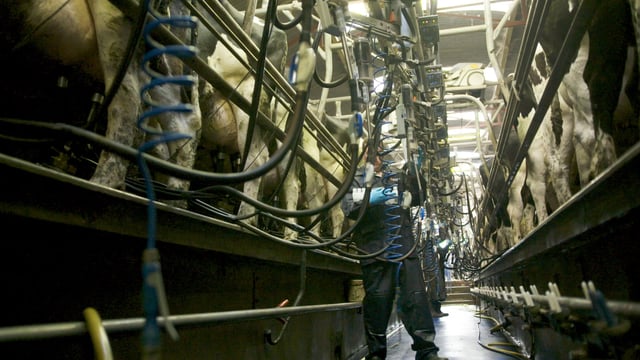New 'supercomputer' to help with more 'efficient and reliable' weather forecasting
Met Éireann has joined forces with the national weather services of Denmark, Iceland and the Netherlands to operate a new 'supercomputer' that will bring significant advancements to short-term weather forecasting.
The new multimillion high-performance computer built by Hewlett Packard Enterprise (HPE) will also be used to advance climate science research, supporting governments and businesses with long-term decisions and policymaking as the country continues to prepare for and mitigate the impacts of climate change.
With global temperatures projected to increase further over the next decades, weather patterns are expected to become more extreme and more challenging to forecast.
Planned to be operational by early 2023, the new supercomputer will provide high-resolution weather forecasts that will be used to:
The collaboration between Met Éireann, the Danish Meteorological Institute, Icelandic Meteorological Office and the Royal Netherlands Meteorological Institute, is part of the 'United Weather Centres-West' initiative.
This is part of a broader collaboration between 10 national weather services in Europe, known as United Weather Centres (UWC), which plans to operate a common multi-national weather forecasting system by the end of the decade.
Modern weather forecasting is based on Numerical Weather Prediction (NWP) which requires vast amounts of data from weather observations, atmospheric conditions and satellite imagery, as well as significant processing power only available through high performance computing (HPC).
By combining resources, the new supercomputer will represent a "huge leap in weather forecasting capabilities" to each country - it will perform 4,000 trillion calculations per second and handle millions of weather observations every 24 hours.
This will produce detailed weather forecasts every hour, which is especially critical ahead of severe weather.
Eoin Moran, director of Met Éireann, said this supercomputer is "the first step in a powerful collaboration between weather services in Europe, which will allow Ireland to meet the growing challenge of forecasting high-impact weather events with much greater confidence".
"Our countries have a long history of working together in weather prediction research. Denmark, the Netherlands, Iceland and Ireland bound the north east Atlantic area and are now combining resources to best predict the weather that impacts this region," Moran said.
Powered entirely by renewable Icelandic hydropower and geothermal energy sources and taking advantage of the local temperate climate that will keep the supercomputer components cool, the running costs and CO2 footprint will be kept to a minimum, saving tonnes of CO2 in line with the four nations’ commitments towards net-zero.
Minister for Housing, Local Government and Heritage Darragh O’Brien said that as we continue to see the impacts of extreme weather from a changing climate both around the world and closer to home, it has "never been more important to provide accurate and timely weather information".
“With Met Éireann uniting [its] scientific expertise and excellence in numerical weather prediction with the national weather services in Denmark, Iceland and the Netherlands, we will be able to provide more efficient and reliable weather forecasts and warnings to all our citizens to help them make better decisions to protect lives, homes and property," the minister added.





